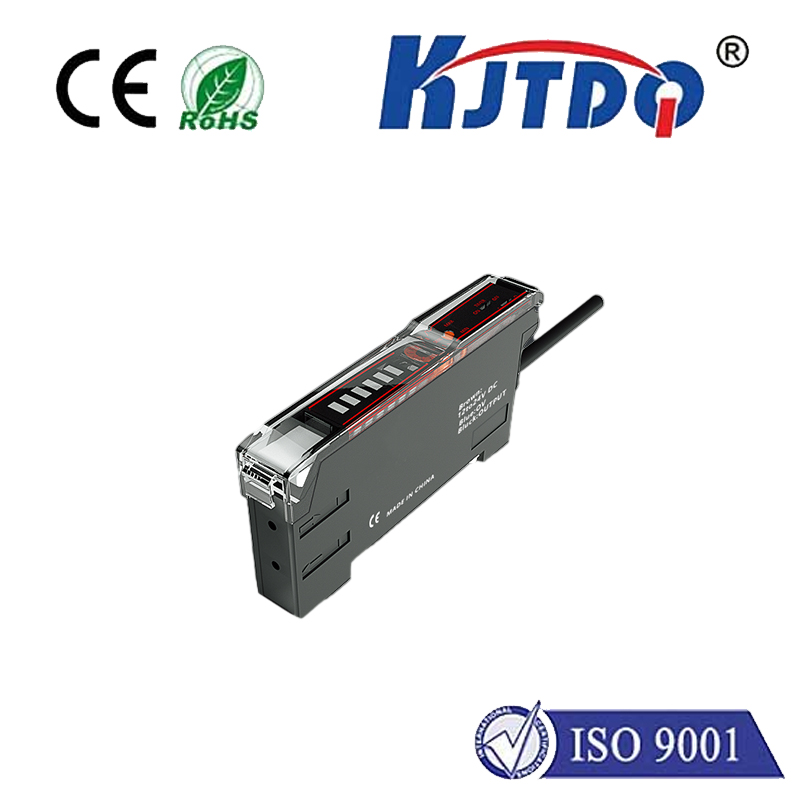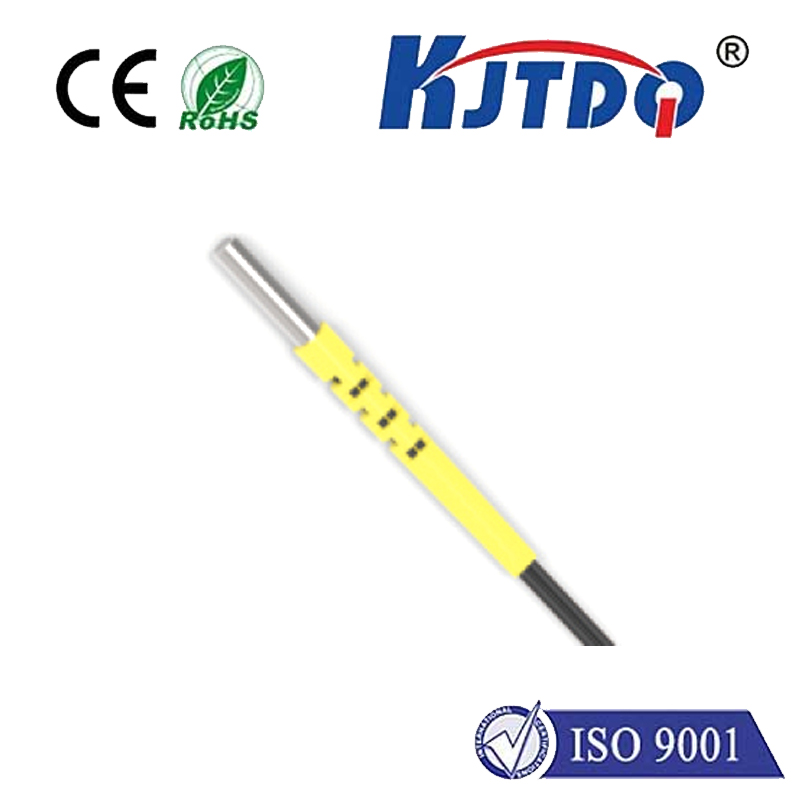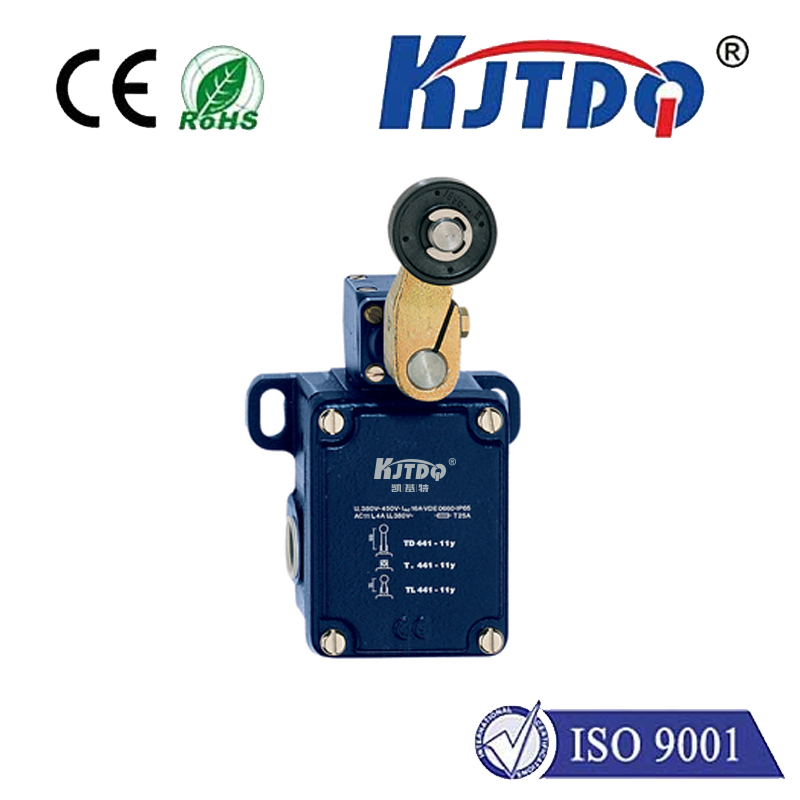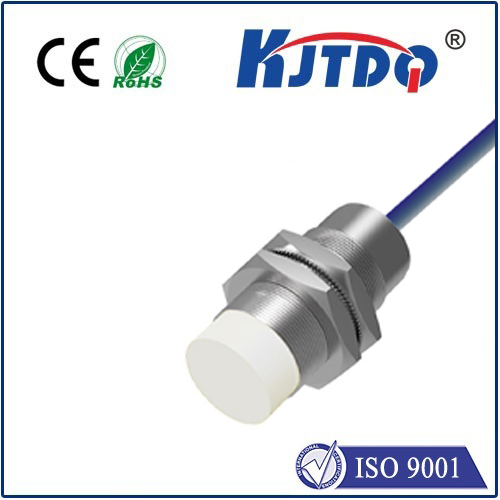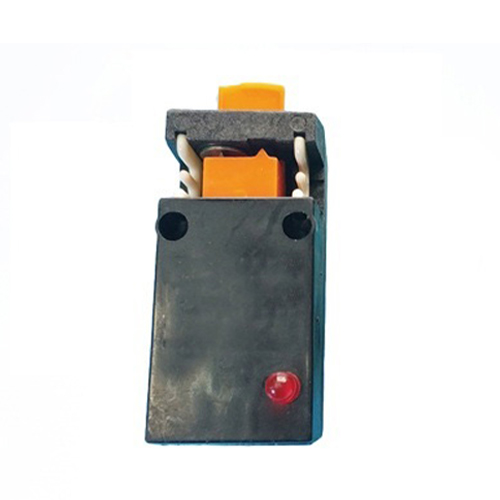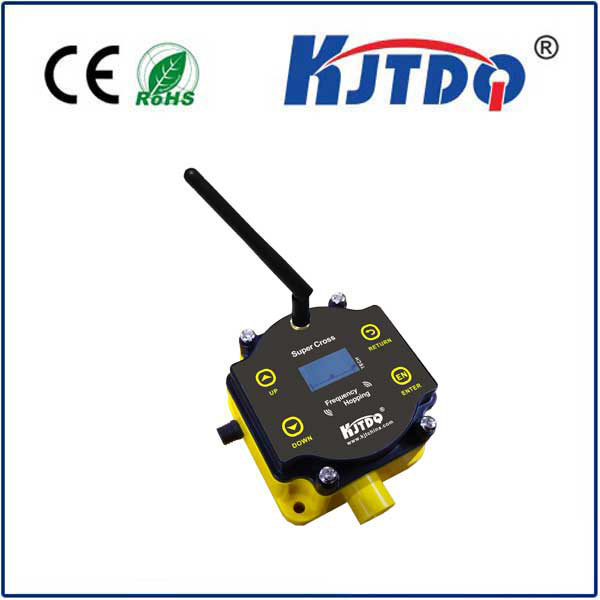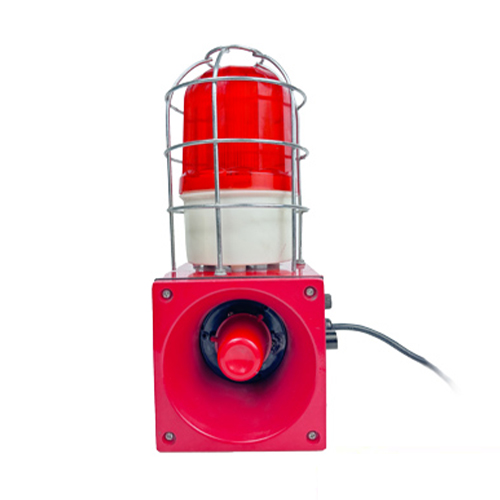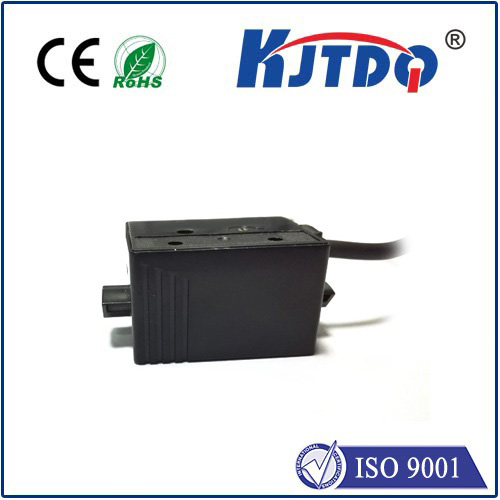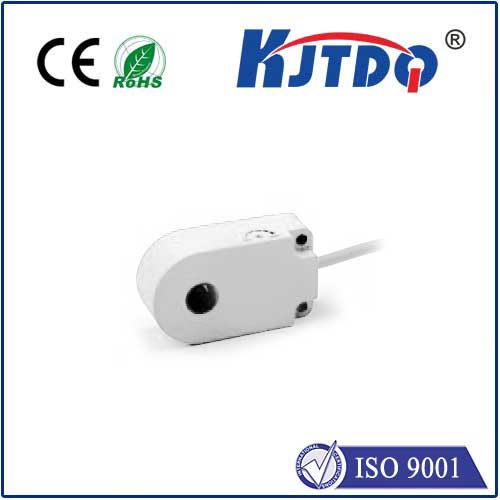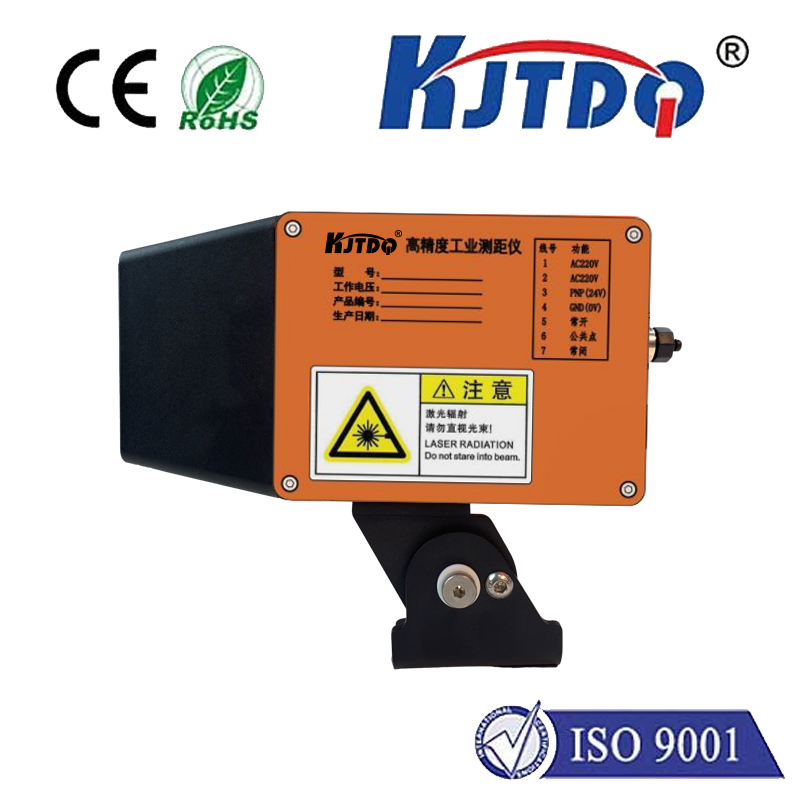E3FB-RP11 2M background suppression photoelectric sensor
- time:2025-10-09 10:48:26
- Нажмите:0
E3FB-RP11 2M Background Suppression Sensor: Solving Tough Object Detection Challenges
Imagine a production line humming along. Deep brown bottles speed down a conveyor. Nearby, a shelf structure creates a confusing backdrop. A standard photoelectric sensor struggles, falsely triggering because it can’t tell the difference between a bottle and the shadowed shelf behind it. The line jams, efficiency plummets. This frustrating scenario, born of dark objects and complex backgrounds, is precisely where the E3FB-RP11 2M background suppression photoelectric sensor excels, transforming detection reliability in demanding industrial environments.
The Core Challenge: Seeing Through the Noise
Photoelectric sensors are the ubiquitous eyes of automation. They detect the presence or absence of objects essential for process control, counting, positioning, and safety. Through-beam sensors, requiring separate emitter and receiver units, offer long range but can be bulky and alignment-sensitive. Diffuse reflection sensors, compact and easy to install, detect objects bouncing their own emitted light back. However, they face a significant limitation: they primarily sense reflected light intensity. This makes them highly susceptible to:
- Varying Object Color/Finish: A shiny white object reflects enormous light, easily detected. A matte black object reflects very little light, potentially slipping past an intensity-based sensor set for brighter targets.
- Background Interference: If the background behind the target object is reflective (e.g., a metal wall, another shiny object) or dark and absorbing, the sensor can be fooled. A reflective background might cause a false “object present” signal even when nothing is there (especially problematic behind dark targets that reflect little). An absorbing background might prevent detection of a dark object.
- Environmental Factors: Dust, fog, ambient light changes, and even the aging of the sensor’s emitter LED can shift the received light intensity, requiring constant readjustment or causing unreliable operation.
Enter Background Suppression (BGS): The Smarter Approach

The E3FB-RP11 2M leverages a sophisticated technique called Triangulation-based Background Suppression (BGS). Unlike simple diffuse sensors, it doesn’t just measure how much light comes back; it determines where the light is coming back from.
Here’s how it works:
- Focused Emission: The sensor emits a tightly focused beam of light (usually visible red laser or infrared for the E3FB series).
- Position-Sensitive Reception: The emitted light hits a target object. A specially designed receiver element inside the sensor (a Position Sensitive Device or PSD) doesn’t just detect the presence of reflected light; it precisely identifies the angle at which the reflected light returns.
- Triangulation Principle: The sensor uses the known distance between the emitter and the PSD, combined with the angle of the returning light, to calculate the distance to the reflecting surface. This is fundamental optical triangulation.
- Intelligent Suppression: Crucially, the user sets a specific switch point distance. The sensor compares the calculated object distance to this preset distance. Only objects closer than the switch point trigger the output. Light reflecting from surfaces beyond the set distance – the troublesome background – is suppressed and ignored, regardless of its brightness or color.
Why the E3FB-RP11 2M Stands Out: Conquering Distance and Darkness
The 2M designation in its model name signifies a key advantage: an impressive 2-meter (approx. 78.7 inches) maximum sensing range using background suppression technology. This is significant because:
- Reaching Further: Many BGS sensors max out below 1 meter. The E3FB-RP11 2M doubles that, providing greater installation flexibility for larger machines, conveyors, or pallet handling systems where targets are positioned farther away.
- Maintaining Precision at Range: Achieving reliable BGS functionality over 2 meters requires sophisticated optics and stable electronics. This sensor delivers precise distance-based detection effectively across its entire stated range.
Beyond its impressive range, the E3FB-RP11 2M tackles the Achilles’ heel of simpler sensors:
- Unmatched Performance on Black/Dark Objects: Because it relies on distance, not intensity, it reliably detects deep black, dark brown, or other low-reflective objects that would defeat a standard diffuse sensor. Dark object detection capability is a hallmark of robust BGS sensors like this one.
- Immunity to Complex Backgrounds: Whether the background is brightly reflective (like stainless steel) or deeply absorbing (like black felt), once the switch point is correctly set beyond the target position, the background’s influence is negated. This provides exceptional reliability and eliminates false triggers.
- Resilience Against Environmental Challenges: Features like stable optics and potentially modulated light emission (depending on the specific variant) enhance resistance to ambient light interference. Its robust housing typically offers a high IP67 or IP69K protection rating (confirm specific model datasheet), safeguarding it against dust and powerful water jets common in industrial cleaning. This ensures reliable detection in harsh conditions.
Where the E3FB-RP11 2M Makes a Real Impact: Industrial Applications Unleashed
The unique capabilities of this sensor make it indispensable for numerous challenging scenarios across diverse sectors:
- Packaging & Filling Lines: Detecting dark bottles (cola, beer), jars with dark caps, or colored liquids against potentially reflective conveyor rollers or machinery backgrounds. Ensuring precise object detection for counting, filling level control, or cap presence.
- Automotive Manufacturing: Verifying the presence of black plastic components (trim, housings), dark rubber gaskets, or tyres on pallets or conveyors, often within cluttered environments.
- Material Handling & Logistics: Detecting dark cardboard boxes, wooden pallets, or shrink-wrapped bundles on high-speed conveyors or within automated storage systems, regardless of varying background wall colors or structures. Critical for palletizing/depalletizing and positioning control.
- Beverage Industry: Ensuring the presence of cans or bottles (including dark glass) entering filling, capping, or labeling machines. Handling crates reliably on return lines.
- Electronics Assembly: Detecting dark PCBs or components within trays or carriers. Avoiding false triggers from metal chassis parts nearby.
Unlocking Optimal Performance: Installation and Setup Keys
While powerful, maximizing the E3FB-RP11 2M’s potential requires attention to setup:
- Defining the “Background”: Carefully identify the farthest surface you don’t want the sensor to detect behind your target object.
- Precise Switch Point Setting: Teach the sensor the exact distance where detection should occur. This usually involves presenting the target object at the desired sensing distance and activating a “teach” button or mode. Always perform this setup with the actual target and background in place. Some models offer potentiometer adjustment or IO-Link configuration for finer control. Setting the switch point correctly is paramount for effective background suppression.
- Stable Mounting: Ensure the sensor is firmly secured. Vibration can impact the

